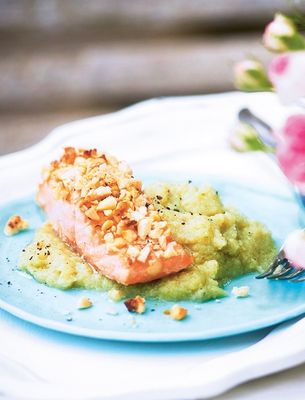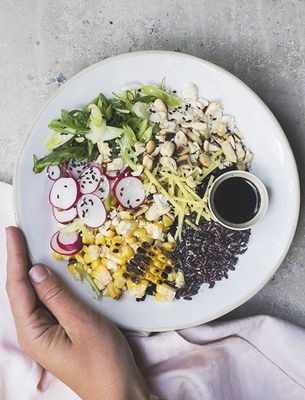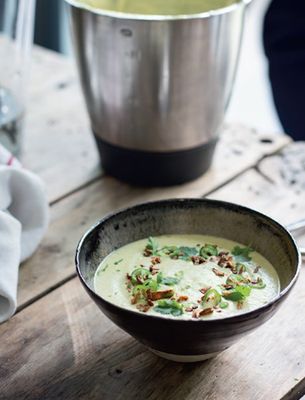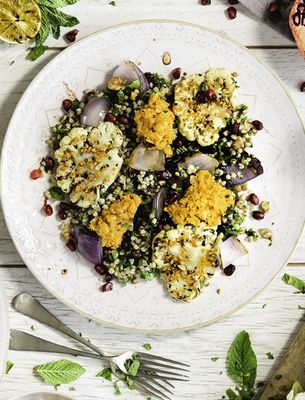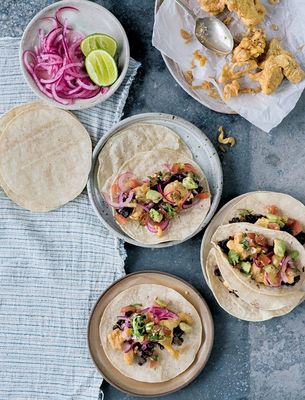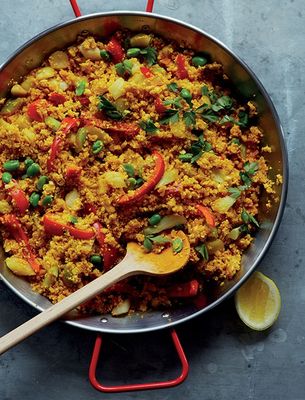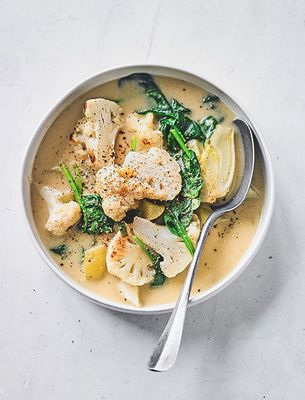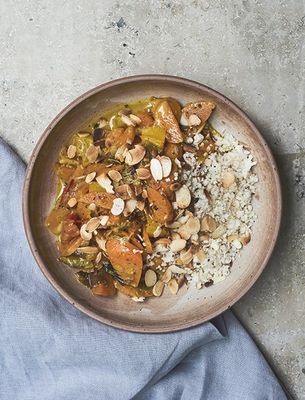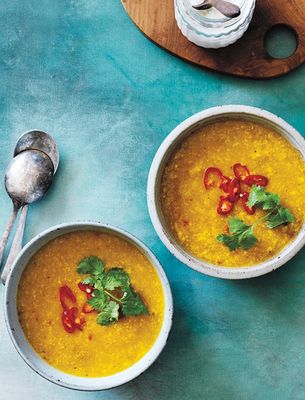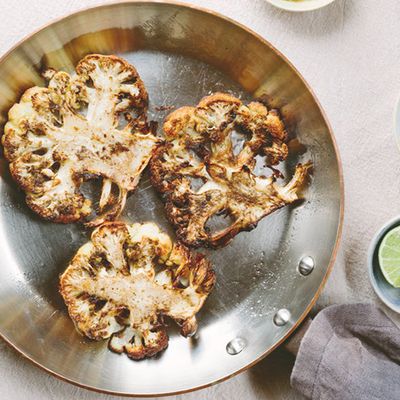
Health Benefits Of Cauliflower & Recipe Ideas
Tell us what we don’t know about cauliflower?
Cauliflower comes from the Brassica oleracea family, which includes broccoli, Brussels sprouts, cabbage and kale. You’ve probably made that connection – if cauliflower and broccoli were people, you’d instantly know they were sisters. A head – or curd – of cauliflower is made up of tightly packed undeveloped flower buds attached to a central stem, so whilst they’re not the best-looking veggie on the planet, they’re pretty tasty, if you know what to do with them.
How good is it for you?
Even if you’re not keen on the look of it, cauliflower has so many health benefits it would be a disservice to deprive your body of it. Plus, it’s really easy to sneak into your diet, but more on that later. To start with, the nutritional profile of cauliflower is impressive – it contains almost every vitamin and mineral you need in your diet: fibre, vitamins C, K and B, folate, potassium and magnesium. You name it, cauliflower’s probably got it.
It’s also a great source of antioxidants, which help protect your cells from harmful free radicals and inflammation. As with other cruciferous veggies, cauliflower is particularly high in glucosinolates and isothiocyanates – two groups of antioxidants that have been proven to slow the growth rate of cancer cells – particularly protective against lung, breast and prostate cancer.
Plus, the large amounts of vitamin C within those little undeveloped buds are a powerful antioxidant, with anti-inflammatory properties that might just boost your immune system and help fight off the risk of heart disease.
Cauliflower also has the holy trinity of health properties: it’s high in fibre and water, but low in calories (about 25 calories per cup), meaning it’s the optimum veggie for those on a diet. And while you may not have heard of choline, it’s an essential nutrient we all need, but many of us are deficient in. Cauliflowers got tons of it, which helps to maintain the integrity of your cell membranes, stabilises your metabolism, and helps to prevent the likes of liver disease and Alzheimer’s.
What are some fresh ideas on cooking with it?
Beyond the myriad health benefits, the best bit about cauliflower is how adaptable it is. “The beauty lies in its versatility,” says Amy Lacey, author of Cali’flower Kitchen: 125 Cauliflower-Based Recipes for the Carbs you Crave. “It can transform traditional comfort foods into delicious health foods.” The chameleon of the food world, it easily transforms into pizza bases, rice and everything in between. Nutritionist Kirsty Coleman who specialises in gut health likes to lightly steam and blitz it in a blender with nutritional yeast and a splash of non-dairy milk to make a nutritious alternative to a cheese sauce, “or simply roast it with its leaves and add to your dinner for extra nutrients and fibre.”
“Its uses are so diverse,” says Kathy Kordalis, food stylist and author of Cauliflower Power. “From pickling and raw for a fresh taste, to roasted, caramelised and charred for a stronger flavour, it’s a perfectly substantial main, a great substitute for meat and a lovely low-carb side.”
Amy also loves to use cauliflower as a low-carb substitute: “I personally love to swap white rice for cauliflower rice in my sushi, and I use our cauliflower pizza crusts as a replacement for noodles in my lasagne.”
Cauliflower is the ideal food for carrying flavour, and Kathy likes to roast it with an Asian twist, smothering it in miso and soy, or bakes it with lemon, oregano and olive oil, served with a dollop or Tzatziki in a pomegranate salad for something a little Middle Eastern inspired. “And don’t even get me started on all the classics, such as cauliflower cheese, samosas and soup – there’s far too many to mention!”
Perhaps the most ingenious way to use cauliflower is to swap out the dough and use it as your base for a pizza (“It’s a great low-carb and gluten-free substitute – just add some super punchy toppings,” says Kathy), but it’s also perfect as a rice or mash substitute, and tastes great too.
If you’re after some more inspiration on healthy, versatile and delicious dinners, here are 13 to get you started…
DISCLAIMER: We endeavour to always credit the correct original source of every image we use. If you think a credit may be incorrect, please contact us at info@sheerluxe.com.
